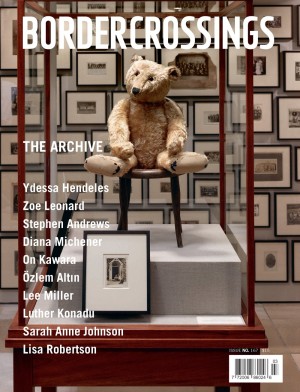Articles
-

The Painter’s Language and the Language of Painting
Amy Sillman, the New York-based artist, has been writing reviews, essays and other kinds of criticism for 15 years, but she has only now brought out her first book.
-

History Maker
If Stan Douglas weren’t a filmmaker, video artist and photographer, he’d be a writer. He thinks like a writer. When he talks about his projects and bodies of work, how they come into being and how they develop, it is like listening to a novelist outlining a plot, setting a scene or describing a character. He provides a narrative frame in which stories and characters present and configure themselves, often in complicated situations.
-

Cinema Like the Music
Arthur Jafa’s unparalleled seven-and-a-half-minute-long video opens and closes with two kinds of Black hero.
-

Pressure on Verbal Matter
Dionne Brand’s The Blue Clerk, 2018, subtitled an Ars Poetica in 59 Versos, has two characters, the author and the clerk. Their interaction is an inventory of complex disagreements and antagonisms.
-
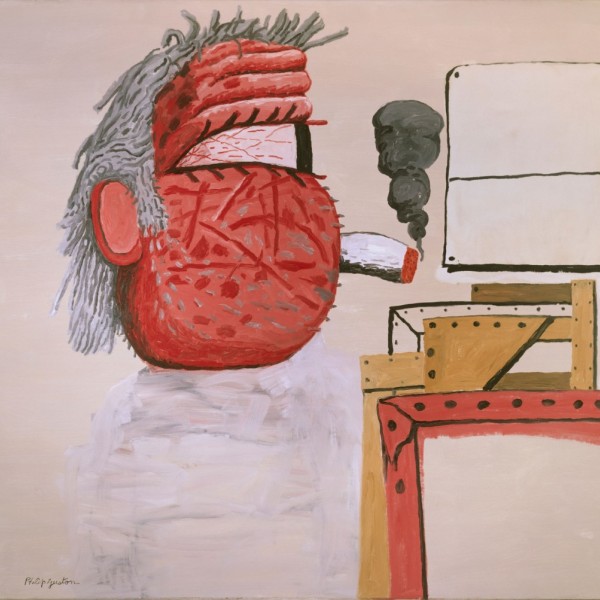
The Unstoppable Paintings of Philip Guston
On the June weekend that “Philip Guston Now” was scheduled to open at the National Gallery of Art in Washington, thousands of people were in the streets protesting the killing of George Floyd. The words BLACK LIVES MATTER had been boldly painted onto 16th Street, one block from the White House where a nasty, racist president sat fuming.
-

Esmaa Mohamoud
For Esmaa Mohamoud, growing up as the only girl between two older brothers and two younger ones, an engagement with sports was inevitable. A self-described tomboy, she played sports like a boy, wore a jersey, was a Raptors fan who admired Vince Carter and wanted some of his magic for her own.
-

Quilt World
It’s difficult now to fully imagine what it was like to see Rosie Lee Tompkins’s quilts for the first time—not on a museum’s clean white walls but draped over a card table in a flea market or spread out on a couch in a living room. Though far less exotic, I imagine it must have been a little like hearing Robert Johnson on a Mississippi street corner or in a juke joint in the 1930s: you would be startled, and even baffled, by the sudden and unexpected presence of something profound.
-

The Song of Her Self
Tschabalala Self is very clear, very focused, very persistent. She says, when queried in the interview that follows, “My work is all about figuration. It’s all about people, lives, lived experiences.” She says, “The main subject of my work is the Black woman, and I care for Black women and I also care about the reputations of Black women as they exist in the real world and also in the collective imagination.”
-
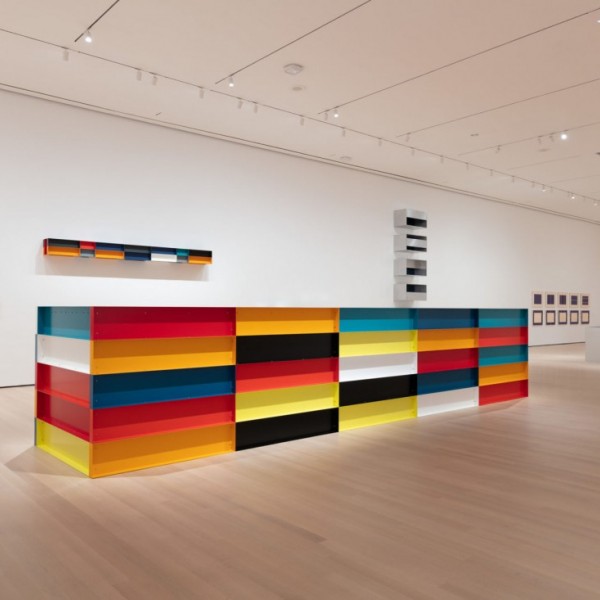
Donald Judd
The significant retrospective of the work of Donald Judd at the MoMA comes at a tragic and dire time. This was our first museum experience where we were aware of COVID and our last museum visit because of COVID. In the moment we found the extreme absence of excess in Judd’s work oddly soothing.
-
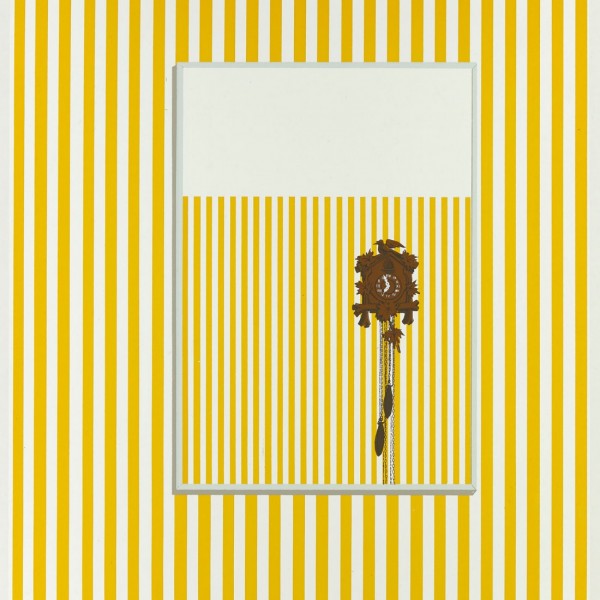
Studies of Vacancy
Inspired by her rambling Victorian home in London, Ontario, Kim Ondaatje’s serigraph series “The House on Piccadilly Street” embodies both the serenity and the malaise of being homebound.
-
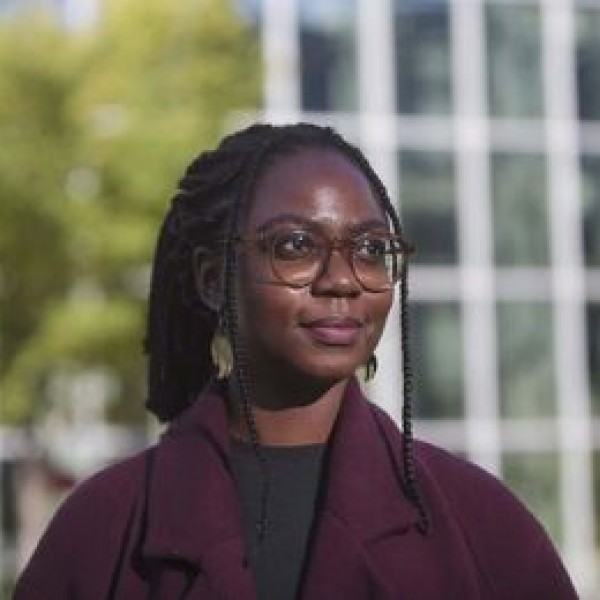
Three Poems
I am new to all this taking— A novice haver, a modern girl, new to hunger’s tacky finger None of this I even want,
-
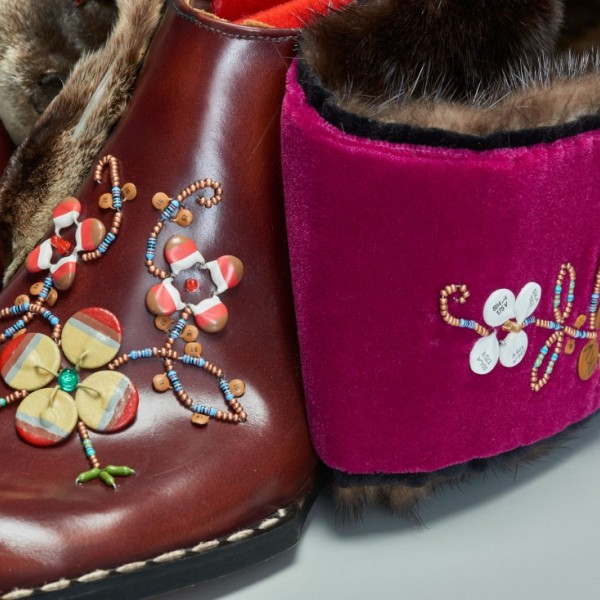
“Àbadakone / Continuous Fire”
“Àbadakone / Continuous Fire” is a follow-up to the National Gallery’s 2013 global Indigenous art exhibition “Sakahàn: International Indigenous Art” (“lighting a fire”).
Haven’t found what you're looking for? Explore our index for material not available online.

